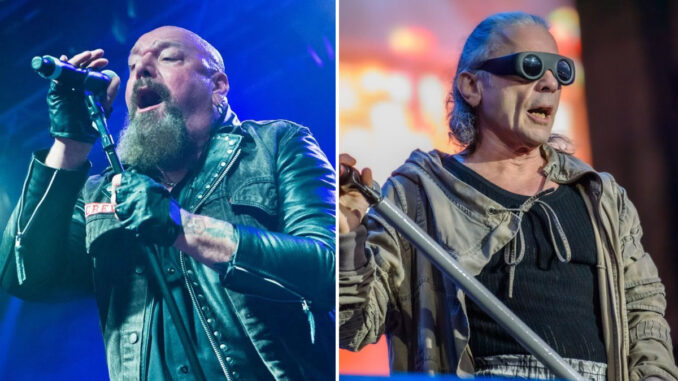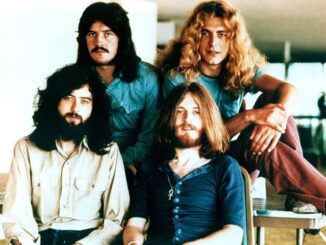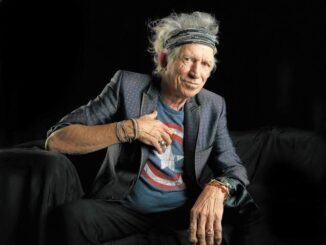

From Di’Anno to Dickinson: Steve Harris Explains the Evolution of Iron Maiden’s Frontmen
Iron Maiden, one of the most iconic heavy metal bands in history, has seen its share of changes since its inception in the 1970s. At the heart of its evolution are two legendary frontmen: Paul Di’Anno and Bruce Dickinson. In a recent interview, bassist and founding member Steve Harris shed light on the contrasting styles and contributions of these two vocalists, illustrating how their unique characteristics shaped the band’s trajectory.
The Early Days: Paul Di’Anno
Paul Di’Anno was the band’s first lead vocalist, fronting Iron Maiden during its formative years. With a raw, punk-infused vocal style, Di’Anno helped establish the band’s initial sound, marked by a gritty edge and high energy. Harris noted that while Di’Anno had a distinctive presence, he wasn’t particularly active on stage. His performance style was more subdued compared to what would come later, focusing primarily on delivering the music rather than engaging with the audience.
Despite his significant contributions to classics like Iron Maiden and Killers, Di’Anno’s time with the band was relatively short-lived. Personal struggles and a desire for a different musical direction led to his departure after just two albums. Harris acknowledges Di’Anno’s role in setting the foundation for Iron Maiden, but the band was soon ready to embrace a new chapter.
The Arrival of Bruce Dickinson
In 1981, Bruce Dickinson joined Iron Maiden, marking a pivotal turning point for the band. Known for his powerful, operatic voice and charismatic stage presence, Dickinson brought a new level of theatricality to the band’s performances. Harris emphasized that Bruce’s ability to engage with fans and his willingness to participate in interviews with mainstream media significantly changed the band’s public image.
Dickinson’s influence extended beyond his vocal prowess; his dynamic stage performances and storytelling ability transformed the live experience. With him at the helm, Iron Maiden began to explore more complex musical arrangements and themes, evident in albums like The Number of the Beast and Powerslave. Harris remarked that Dickinson’s theatrical flair and his active engagement with the audience created an entirely new connection, propelling Iron Maiden to international fame.
A Contrast in Styles
Harris’s reflections reveal the stark contrast between the two frontmen. While Di’Anno’s approach was more about the raw energy of the early punk scene, Dickinson’s style introduced a sense of drama and theatricality that became a hallmark of Iron Maiden’s identity. This shift not only attracted a broader audience but also allowed the band to experiment with diverse musical styles, integrating elements of progressive rock and classical influences.
Legacy and Impact
The legacy of both singers continues to resonate within the heavy metal genre. Di’Anno’s contribution laid the groundwork for Iron Maiden’s success, while Dickinson’s era has solidified the band’s place as a cornerstone of metal history. Harris’s insights highlight how these two distinct approaches have intertwined to create a rich musical tapestry.
As Iron Maiden continues to tour and produce music, the evolution from Di’Anno to Dickinson remains a fascinating story of growth and transformation. Harris’s reflections serve as a reminder of the importance of each member’s contribution to the band’s enduring legacy. Whether through the raw energy of Di’Anno or the theatrical brilliance of Dickinson, Iron Maiden’s journey is a testament to the power of musical evolution.



Be the first to comment